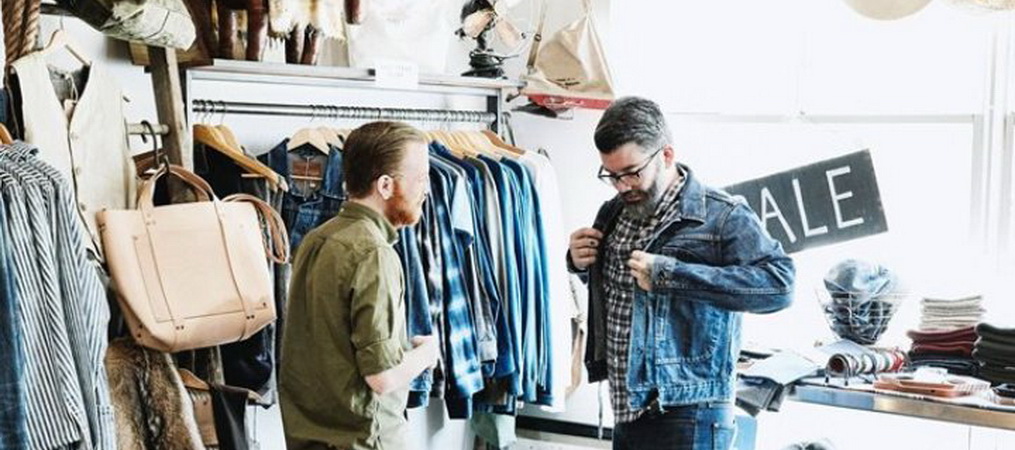
Development of new business models for environmental protection in the clothing industry
The amount of clothing per capita, which is bought in the EU, has increased by 40% in just a few decades. This is the result of falling prices and the increasing speed with which clothes reach consumers. The EU clothing industry has a share of between 2% and 10% in environmental impact. This impact is often more felt in third countries, as most of the production takes place there.
The production of raw materials, processing into fibers, weaving and dyeing require a large amount of water and chemicals. This includes pesticides for the production of raw materials such as cotton. The clothes have a large ecological footprint due to the water, energy and chemicals used for washing, drying and ironing. Micro plastics, which reach the environment, also play a role.
Development of new business models
Less than half of clothing that ceases to be used is reused or recycled. Only 1% is recycled into new clothes, because the technologies that enable the recycling of clothes into untreated fibers have only just begun to develop. Numerous ways have been proposed to solve the problem. One of them is the development of new business models for renting clothes and designing products, so that they can be reused and easier to recycle. The second is persuading consumers to buy smaller clothes of better quality and generally guiding consumers towards sustainable development options.
Circular economy package adopted
In 2018, the EU adopted a circular economy package, which for the first time will ensure that textiles are collected separately in all members, no later than 2025. The European Parliament has been advocating for years to promote the use of environmentally friendly and sustainable raw materials and reuse and recycle clothing.
Source: europarl.europa.eu